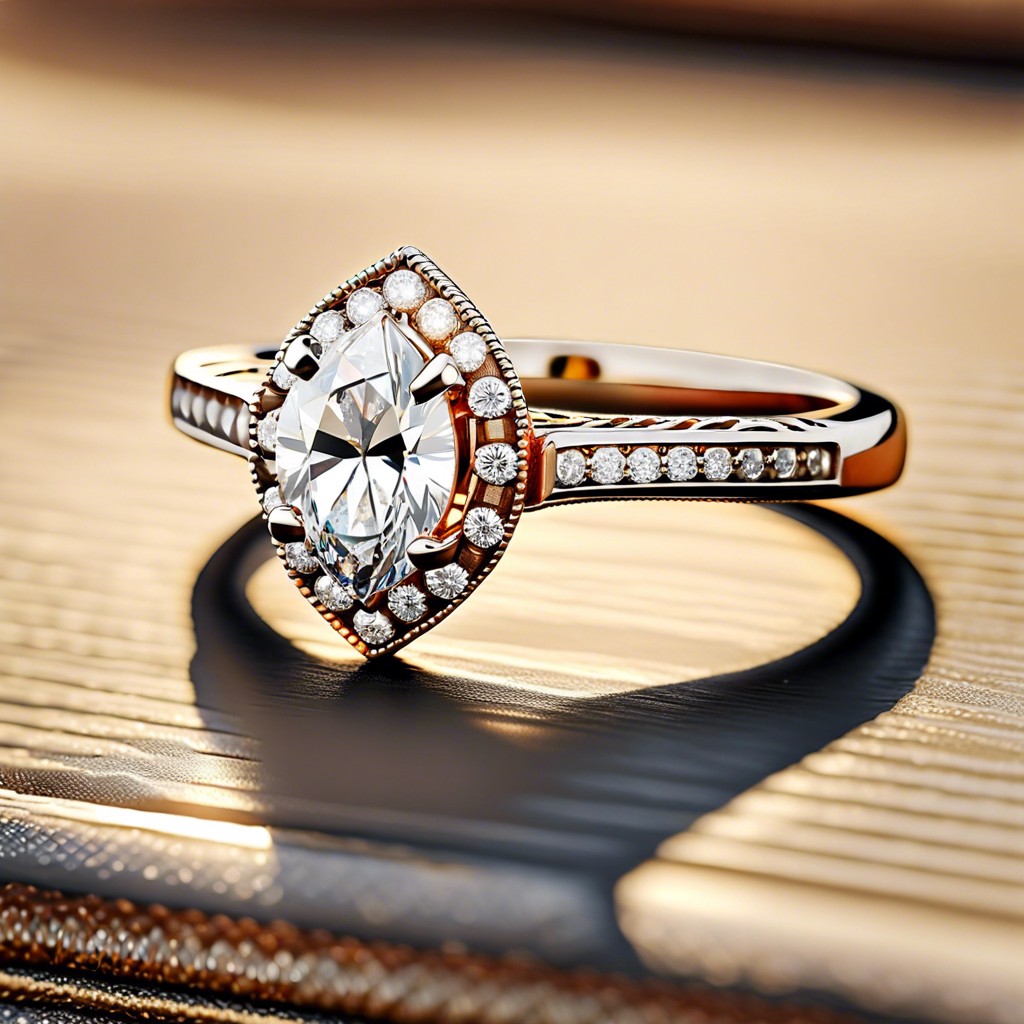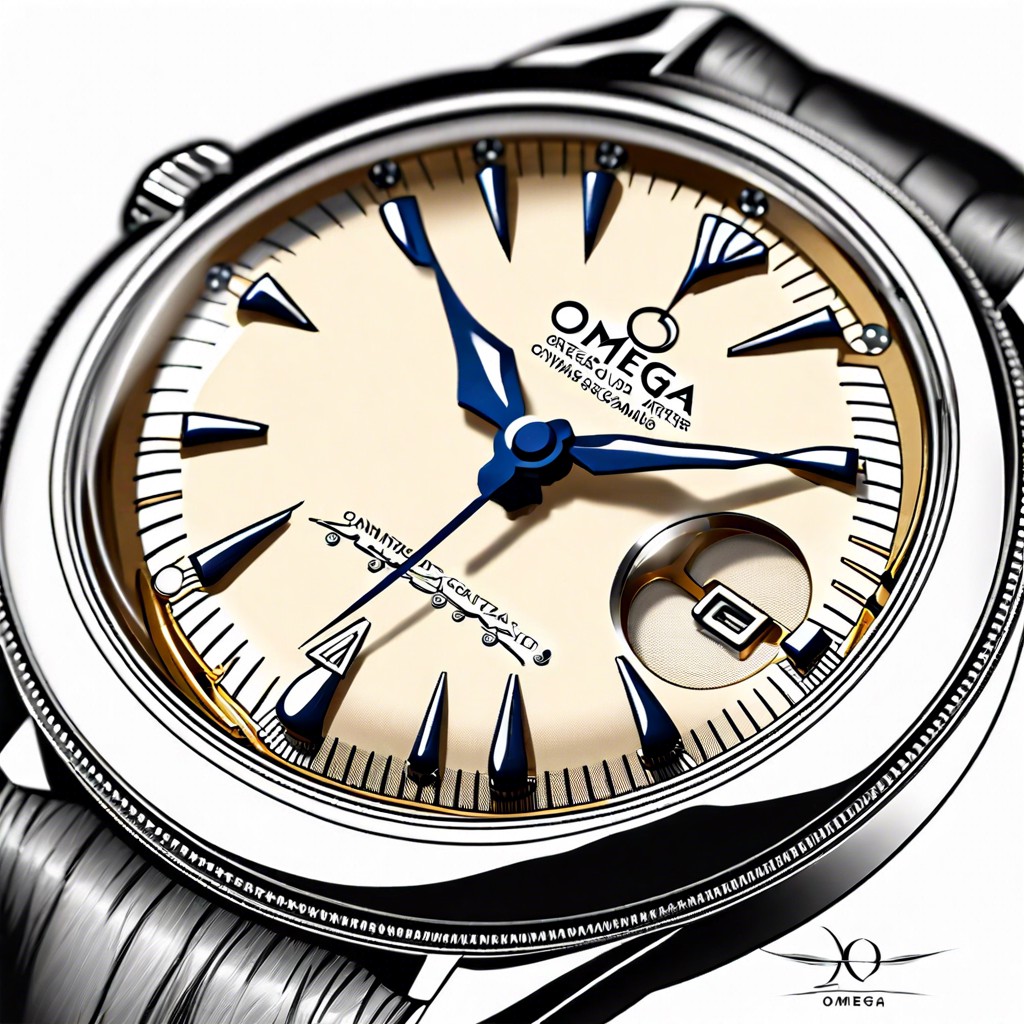Last updated on
Discover practical tips on selecting and purchasing a vintage Gucci watch that reflects both luxury and timeless style.
Key takeaways:
- Vintage Gucci watches date from the 1970s to the late 1990s.
- Look for limited edition models and unique features.
- Authenticity is determined by craftsmanship, logo, and serial numbers.
- Rare models and good condition increase value.
- Regular maintenance is essential to preserve the watch’s longevity.
Understanding Vintage Gucci Watches
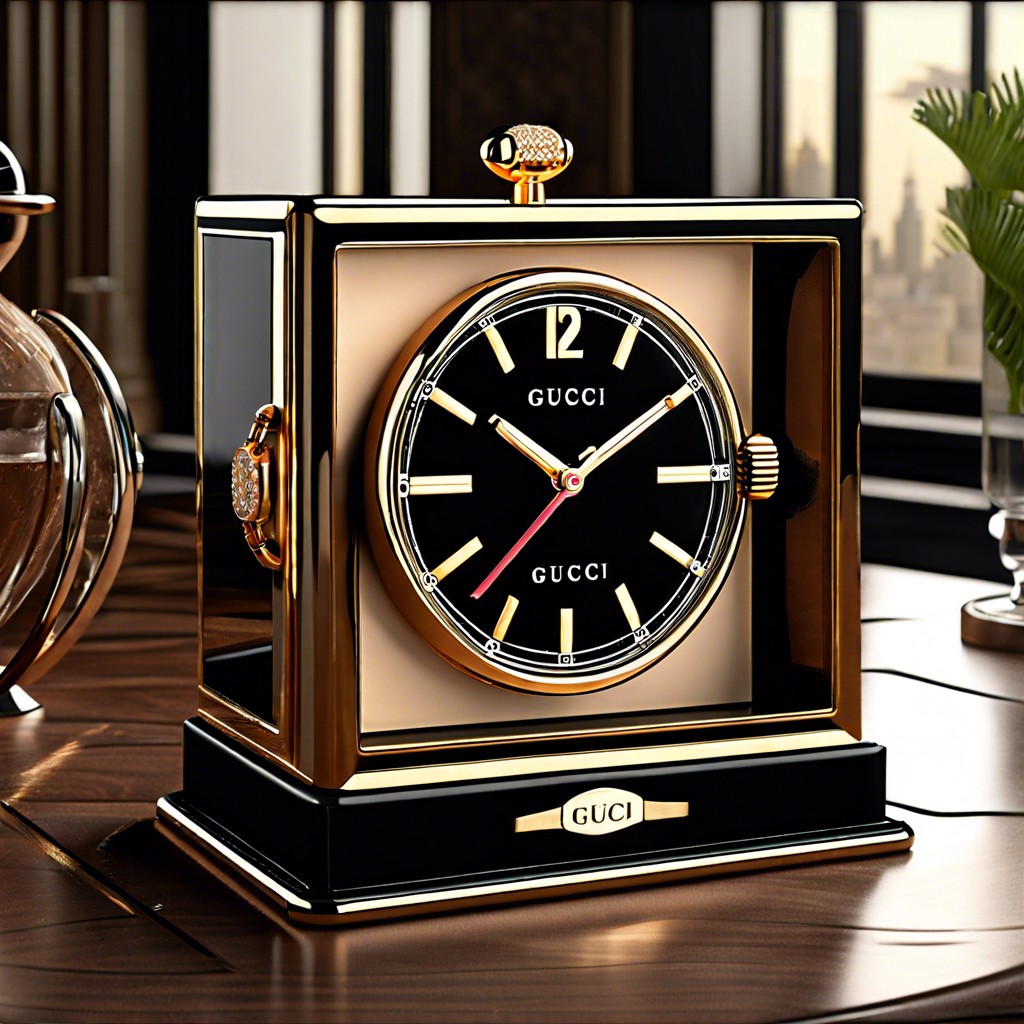
The allure of a vintage Gucci watch lies in its craftsmanship and design, attributes that echo the era of their creation. Initially, renowned for leather goods, Gucci extended its expertise to timepieces in the 1970s. These watches were distinguished by their Italian style, blended with Swiss watchmaking precision.
It’s crucial to discern between true vintage and simply second-hand. Vintage usually refers to items that are more than 20 to 30 years old but less than 100, at which point they would be considered antique. A vintage Gucci watch, then, would typically date from the 1970s to the late 1990s.
Gucci watches from these decades often feature the iconic Gucci motifs such as the interlocking G, the green-red-green web, or the bamboo design, all of which are symbolic of the brand’s heritage. Their timepieces were not just about keeping time; they were also fashion statements.
Durability is another hallmark of these watches. Often crafted in stainless steel or with gold plating, they were made to last. The quartz movements commonly used during the introduction of Gucci watches ensured reliability and ease of maintenance.
When exploring the vintage Gucci watch range, keep an eye out for limited edition models and those with unique features or complications, as these often hold additional interest for collectors and enthusiasts.
Historical Context of Gucci Watches

Founded in Florence in 1921, Gucci initially focused on leather goods before expanding into other luxury items. Watches became part of the Gucci portfolio in the early 1970s, a time marked by a shift towards accessorizing and personal expression in fashion.
The first Gucci watches were manufactured in Switzerland, emphasizing the brand’s commitment to quality. These timepieces were often distinguished by their incorporation of the iconic Gucci motifs, such as the double G logo, and the use of materials like gold, leather, and precious stones, which mirrored the luxury and craftsmanship of their leather goods.
Throughout the 1980s and 1990s, Gucci watches grew in popularity, becoming status symbols. The design evolved, with some models reflecting the bold aesthetic of the 1980s, while others followed a more classic, timeless style.
In the 1990s, under the direction of Tom Ford, Gucci underwent a significant transformation that included reimagining its watch line. This era saw a blend of modernity with heritage, introducing sleek designs that still honored Gucci’s storied past.
Key collaborations with revered Swiss manufacturers ensured Gucci watches were not only stylish but also met the high horological standards, merging Italian design with Swiss precision – a relationship that maintains their standing in the vintage market today.
Identifying Authentic Vintage Gucci Watches
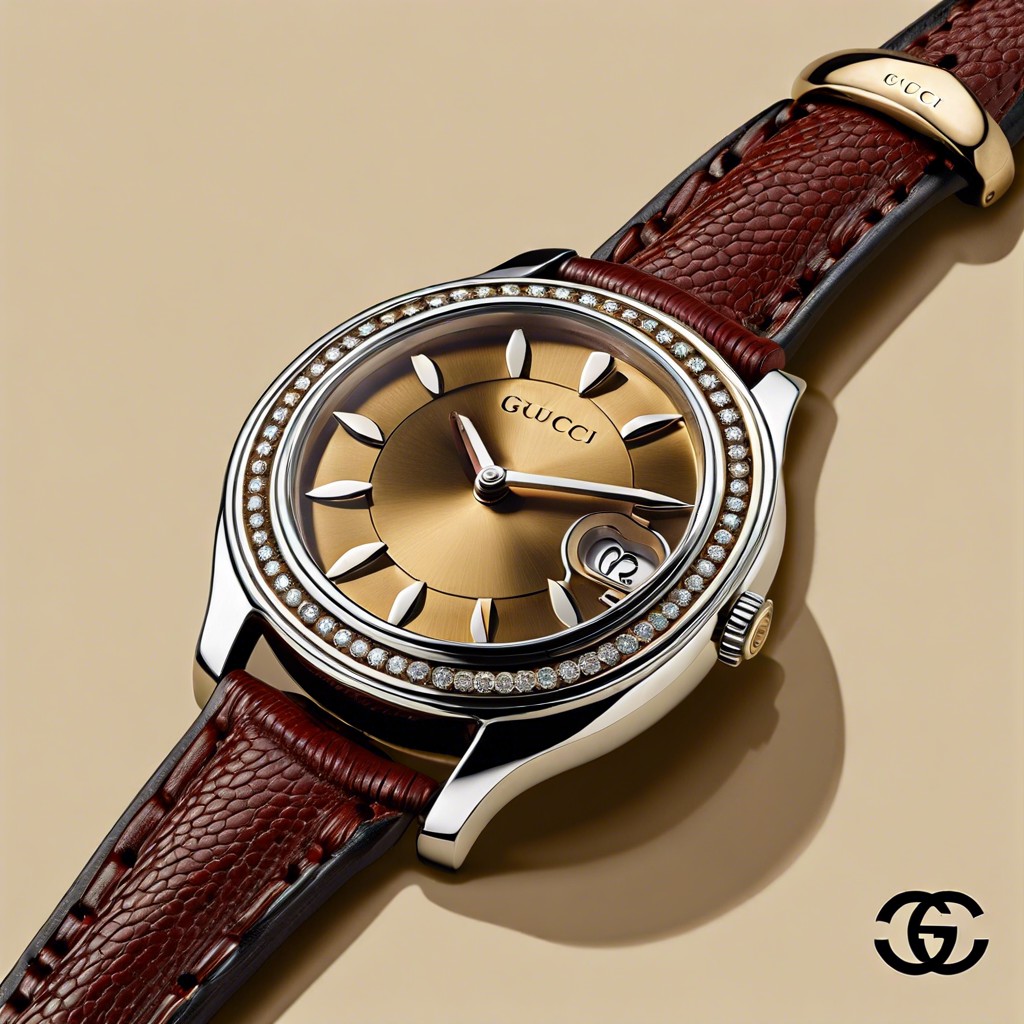
Authenticity is a cornerstone in the valuation of vintage Gucci watches. The timepieces, crafted with precision, carry distinct markers that can help determine their genuineness.
Firstly, examine the quality of craftsmanship. Authentic Gucci watches exhibit high-quality materials and finish, with even stitching, clean-cut edges, and a smooth movement. Counterfeits often have subpar work, with glitches easily spotted in the metalwork or logo.
Secondly, scrutiny of the logo is pivotal. Vintage Gucci watches display the classic “GG” logo or the full “GUCCI” script. Inconsistencies in font style or size are red flags.
Serial numbers are also indicative of authenticity. These are etched on the back of the watch case, providing a traceable reference that can be checked against Gucci’s records.
Lastly, genuine vintage Gucci watches will often come with accompanying documentation. Certificates of authenticity, original warranty cards, and care booklets serve as proof of legitimacy.
Expertise in these details enhances the appreciation of true vintage Gucci watches; it ensures collectors can make informed decisions, safeguarding their investments.
Collectibility and Value of Vintage Gucci Watches
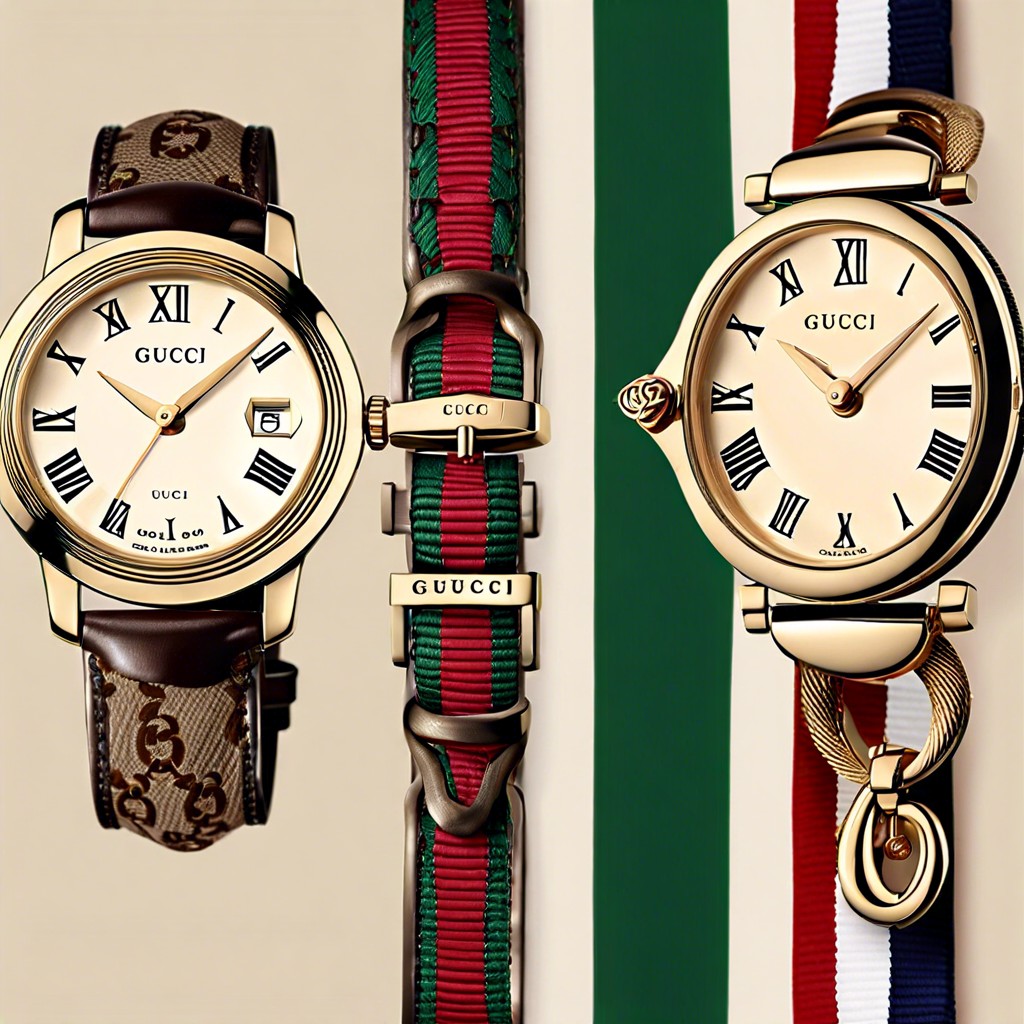
Vintage Gucci watches are emblematic of luxury and precision, reflecting a rich heritage in fashion and accessory design. Their desirability among collectors often hinges on several key factors.
Rare models, especially those with limited production runs or those crafted during significant periods in Gucci’s history, frequently command higher prices. Collector interest is also piqued by watches that showcase distinctive design elements typical of Gucci such as the iconic green-red-green stripe or the GG logo.
The condition of a vintage Gucci watch significantly impacts its value. Timepieces that maintain their original components and functionality, coupled with minimal wear, are more sought after. Furthermore, original packaging and documentation can enhance a watch’s collectible status and thus its monetary worth.
Market trends can also influence the collectibility of these watches. As fashion ebbs and flows, certain eras or styles may surge in popularity, temporarily boosting the value of related watch models.
Finally, the provenance of a vintage Gucci watch, including previous ownership by notable figures, can increase its allure and demand, making it an attractive investment piece for enthusiasts.
Maintenance Tips for Vintage Gucci Timepieces
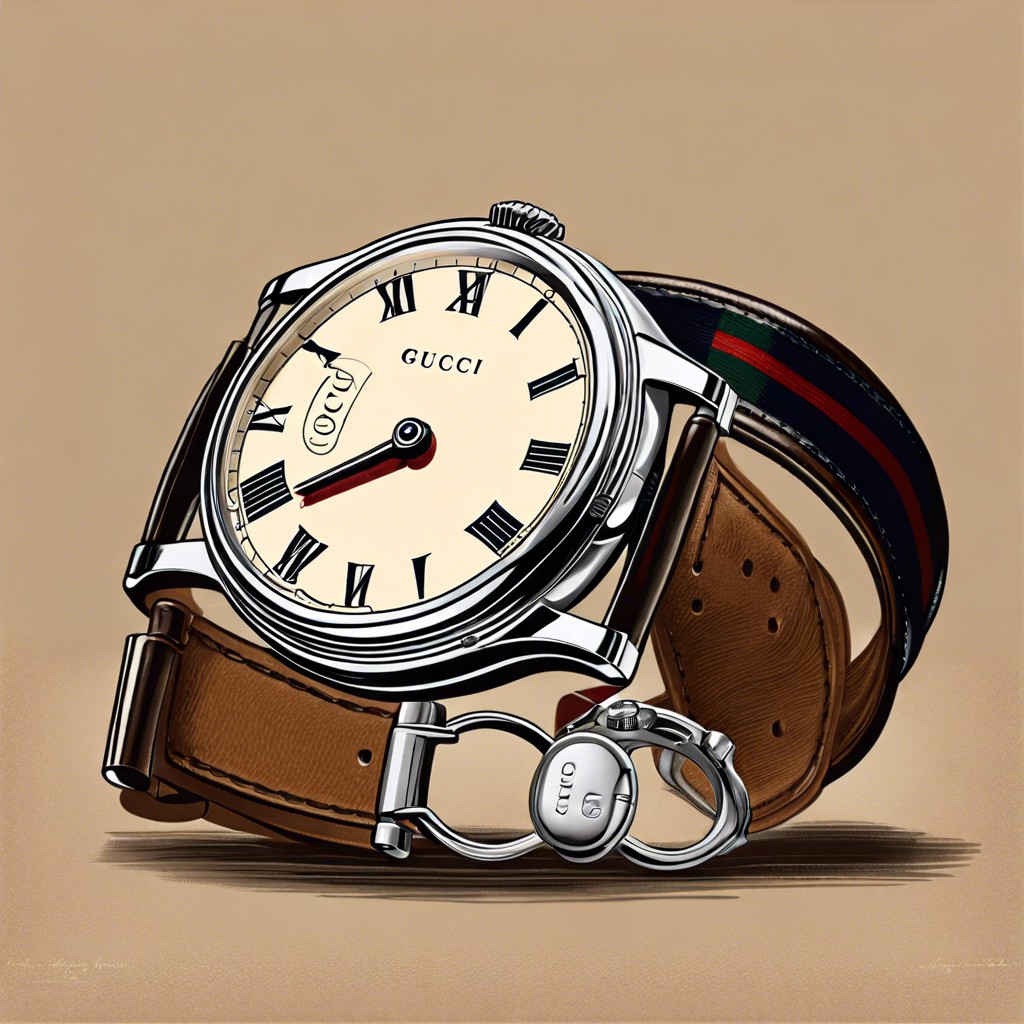
Proper maintenance ensures the longevity and functionality of vintage Gucci watches. Firstly, regular cleaning with a soft, dry cloth helps remove surface dirt and preserves the band and case. It’s crucial to avoid contact with water, unless the watch is specified as water-resistant, to prevent internal damage.
Seek professional servicing every three to five years for mechanical watches to maintain the movement’s integrity. Battery replacements for quartz models should occur as needed, typically every 1-2 years, to avoid acid leaks that can damage the movement.
Prevent exposure to extreme temperatures, chemicals, and magnetic fields as they can affect the watch’s accuracy and condition. Leather straps require special care; condition them periodically to prevent cracking.
Finally, storage plays a vital role in the care of these timepieces. Keep them in a cool, dry place away from direct sunlight. Use a padded box or watch roll for protection against scratches and dust.


